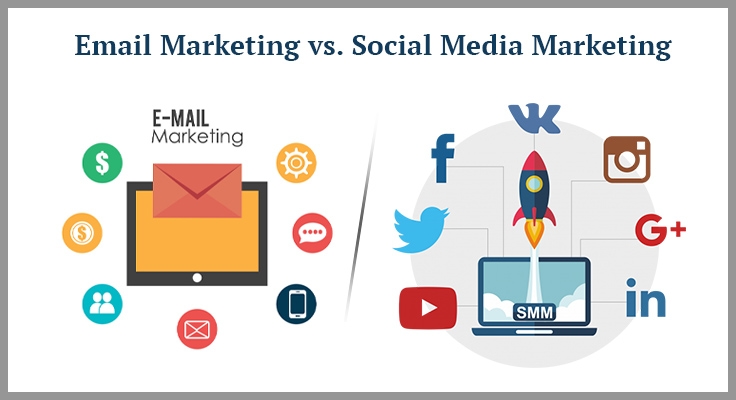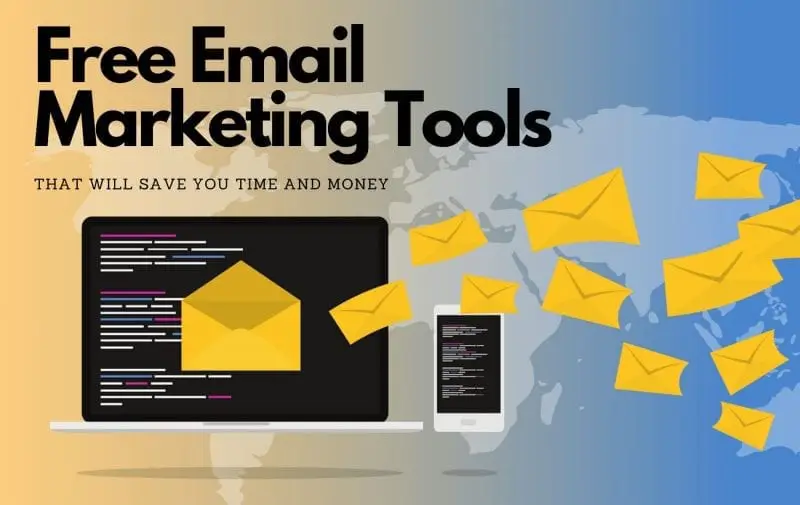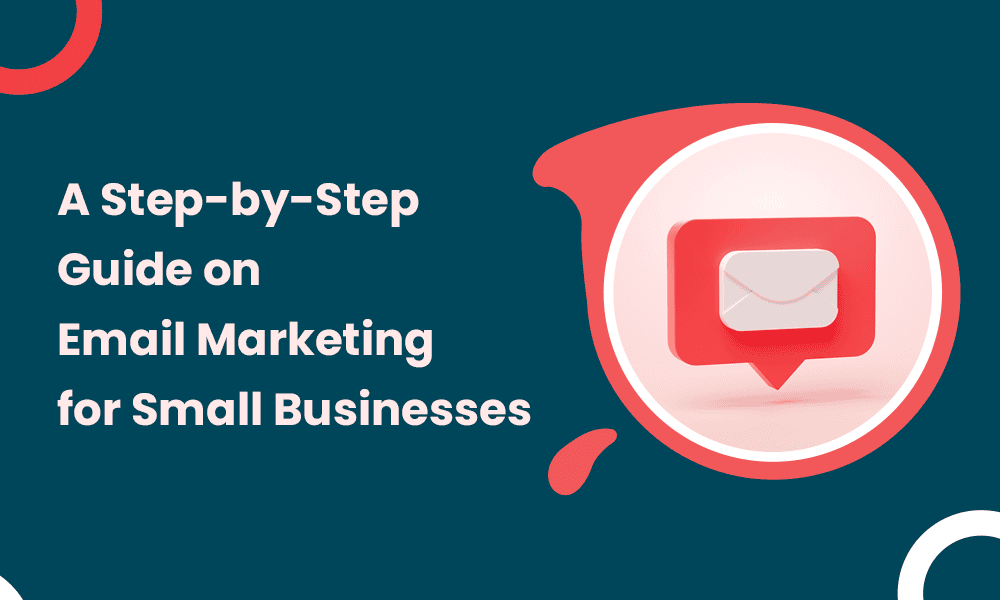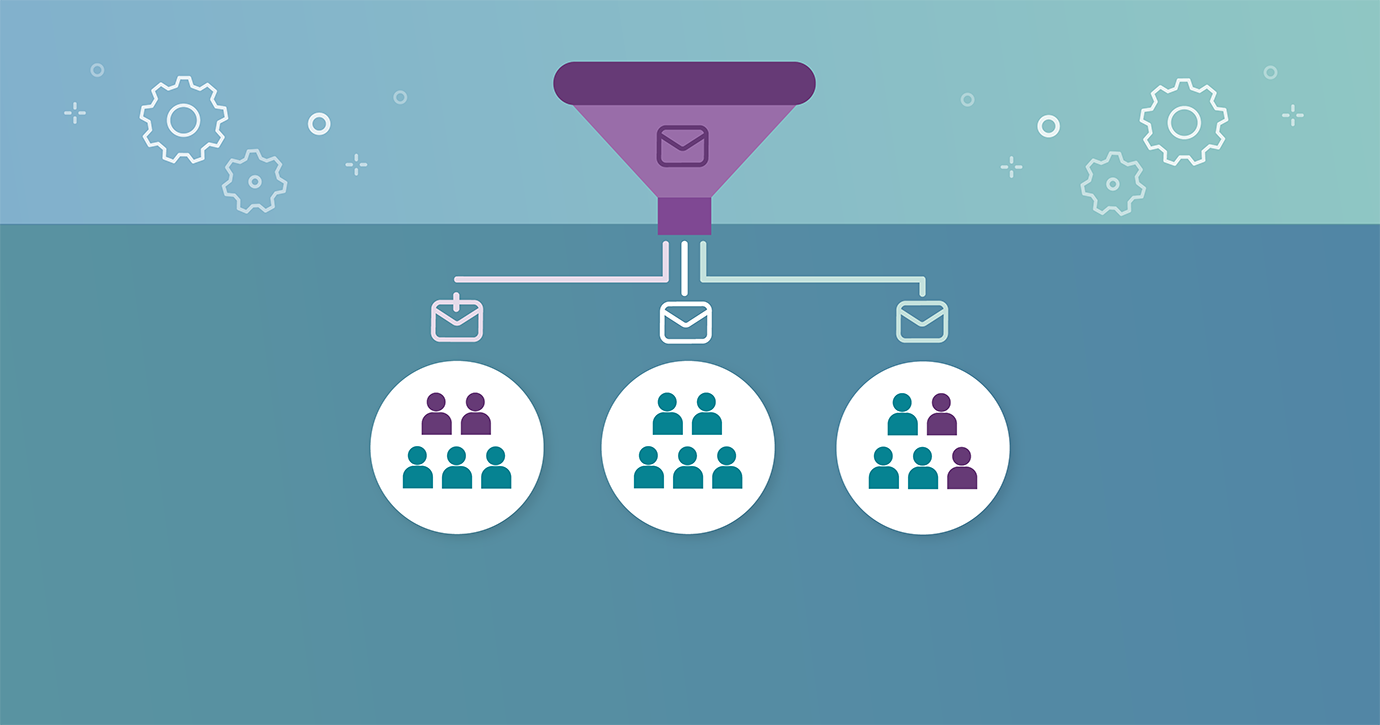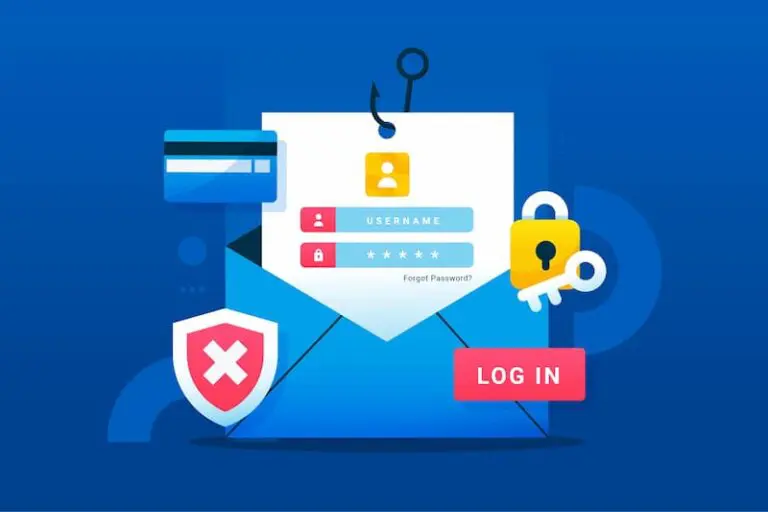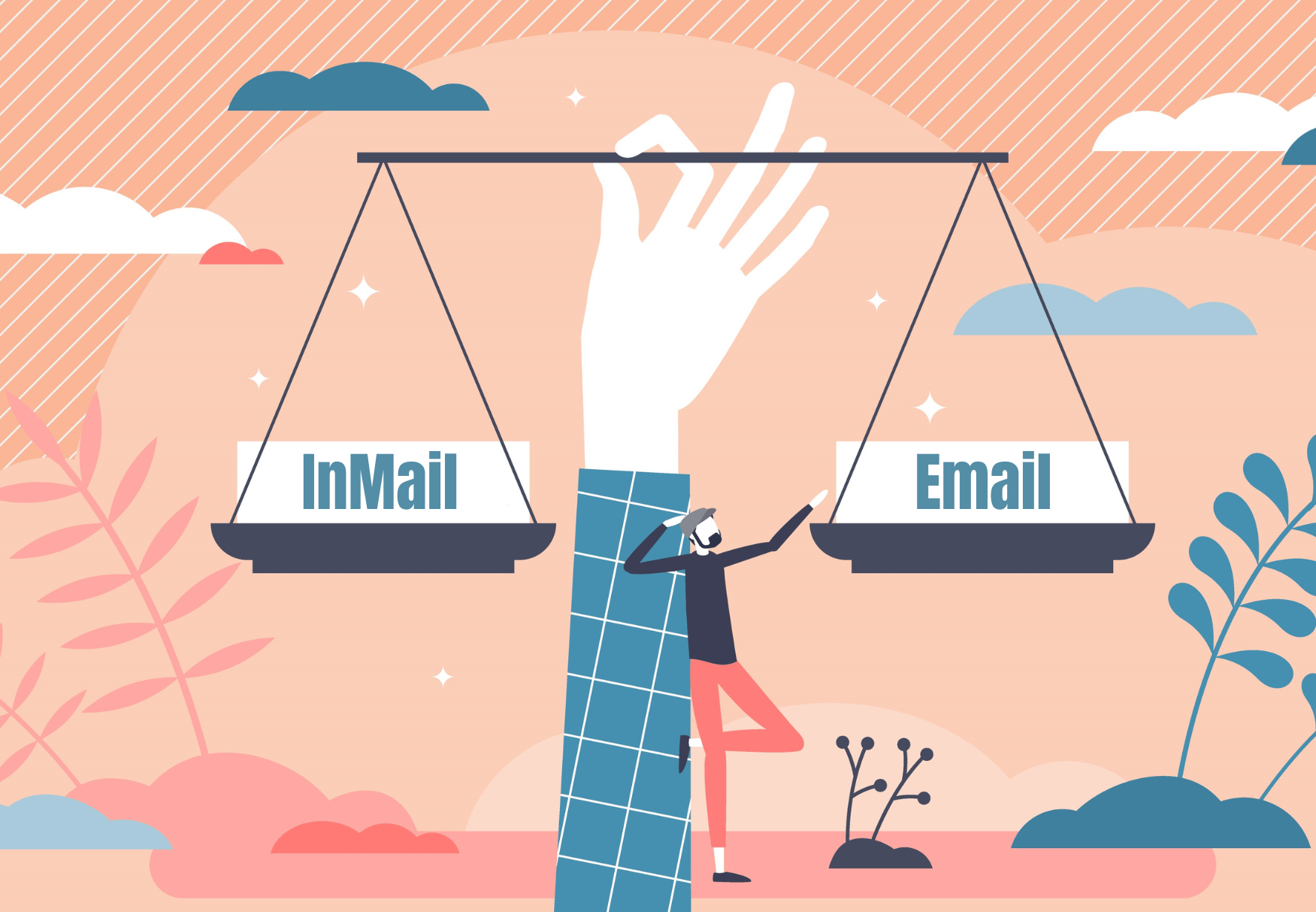Starting a business involves plenty of planning—long before the first sale is made. And once your business is ready for the world, you face a new challenge: building a lasting connection with customers. That’s where email marketing comes in. Done right, it can help you grow your audience, increase revenue, and turn one-time buyers into loyal customers. But success doesn’t happen by accident. Like every other part of your business, email marketing requires a clear strategy.
Let’s explore some key steps to help you develop a smart, sustainable email marketing plan.
Identifying your audience
Before you can write emails that resonate, you need to know exactly who you’re talking to. It’s not enough to define your audience broadly—you also need to understand the different groups within it.
For example, if you sell custom kids’ clothing through your online store, you may have customers who made a purchase and others who signed up through a form but haven’t bought anything yet. Their needs and interests will vary. Customers might appreciate follow-up emails with care tips and product recommendations, while subscribers still considering a purchase may want to learn more about your brand story.
To speak effectively to each group, use segmentation tools to organize your list based on customer behavior, preferences, or purchase history. This ensures each message is relevant and personalized.
Developing a communication strategy
Once you know your audience, the next step is figuring out how and when to connect with them.
Choose the right channels: Email will likely be your primary tool, but other platforms—like social media—can support your efforts. Consider sending newsletters with new product updates or seasonal promotions, and use a content calendar to stay organized across channels like Facebook, Instagram, or Pinterest.
Find your ideal sending frequency: Send too often, and people may unsubscribe. Send too infrequently, and they might forget why they signed up. There’s no perfect formula—start testing different schedules and adjust based on engagement rates.
Automation tools also make it easier to send timely emails like welcome series, product follow-ups, or event reminders without doing everything manually.
Determining your message
The final piece of your plan is deciding what your emails will say. Here are two key questions to ask:
What does your audience expect?
Subscribers signed up for a reason. They may expect useful updates, product tips, or behind-the-scenes insights. Meet—and exceed—those expectations by delivering high-quality content consistently. Use great visuals, clear descriptions, and personalized suggestions. Try RSS campaigns to promote blog posts, or set up automated emails to welcome new customers or recommend complementary products after a sale.
What are your goals?
If you want to grow your audience, create shareable content and add social sharing buttons to make it easy. If you’re looking to boost sales, promote new arrivals or connect your store so readers can buy directly from the email. For re-engagement, send incentives or targeted automation campaigns to win back inactive subscribers. And don’t forget to use analytics tools to track how your emails are performing and where you can improve.
What works for one business won’t always work for another. The key is to plan thoughtfully, test often, and be ready to pivot when needed. A solid email marketing strategy will not only keep your audience engaged but also fuel long-term business growth.
